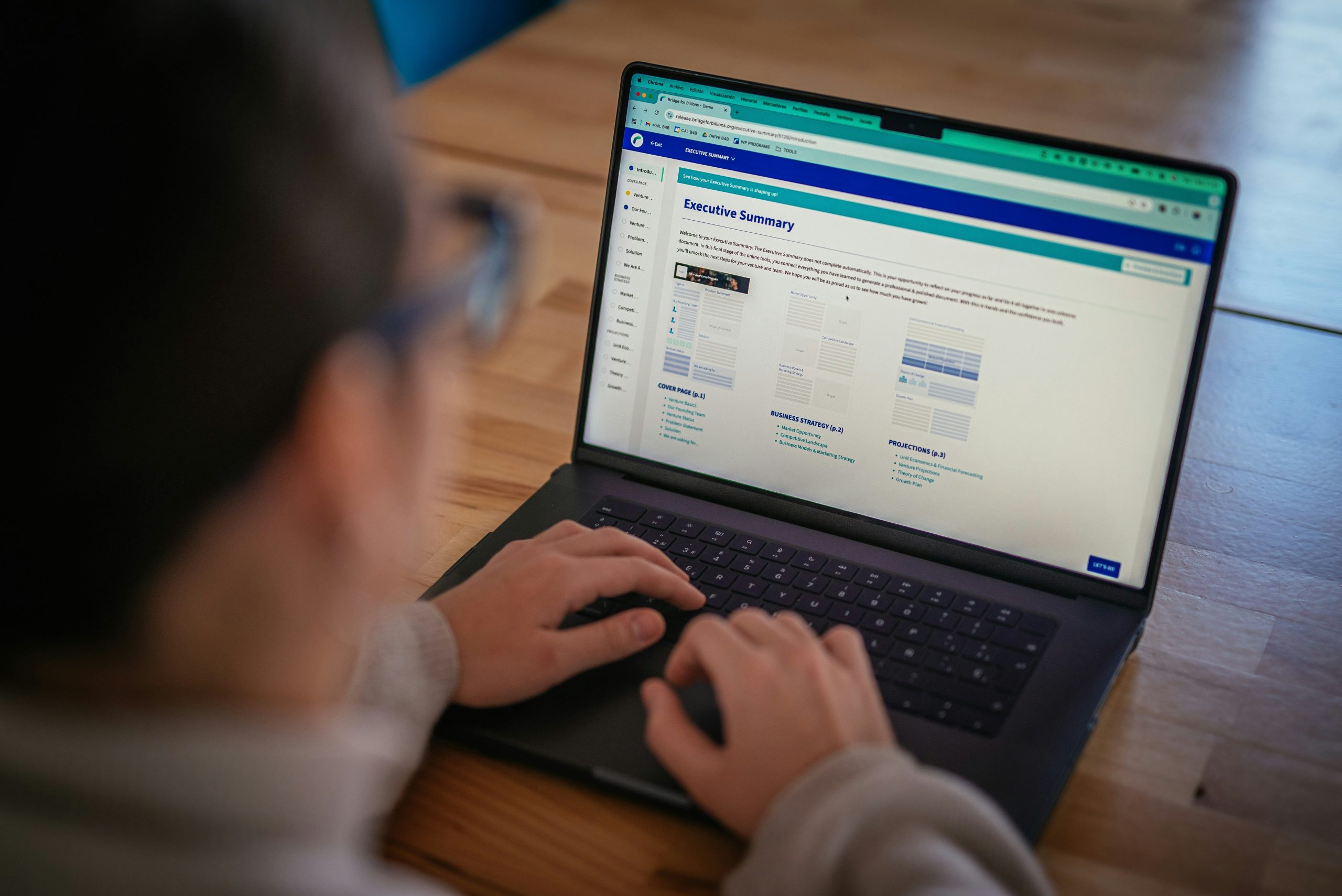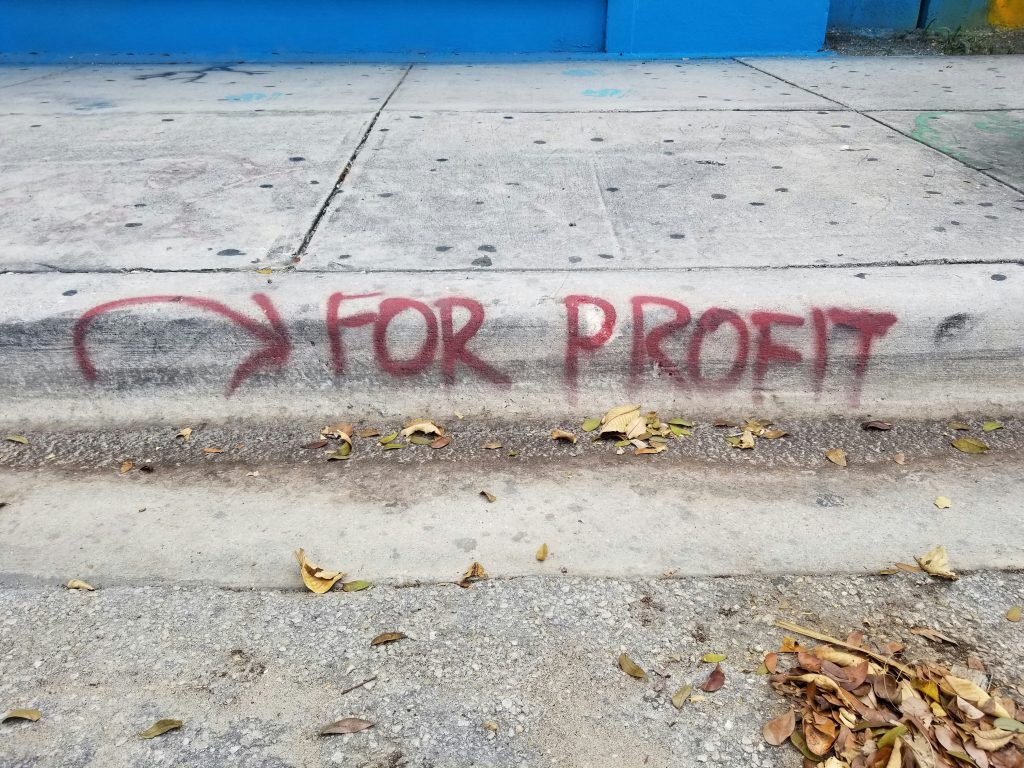Ever tried doing your taxes yourself, only to stare at Form 1040 like it’s written in hieroglyphics? Yeah, me too. Last year, I accidentally underreported my freelance income because I didn’t understand Schedule C. Spoiler alert: the IRS wasn’t thrilled about it.
The good news? There’s a fix—one that doesn’t involve crying over tax forms. Enter: a certified tax course. These programs are designed to turn clueless taxpayers into confident planners—saving you time, money, and frustration every April. In this post, we’ll dive deep into why these courses matter, how to choose one, actionable tips for success, and real-world examples of people who’ve leveled up their financial lives.
Table of Contents
- Why Does a Certified Tax Course Matter?
- How to Choose the Right Certified Tax Course
- Tips for Getting the Most Out of Your Course
- Real-Life Success Stories from a Certified Tax Planner
- Frequently Asked Questions About Certified Tax Courses
Key Takeaways
- A certified tax course equips you with skills to maximize deductions and credits while minimizing stress.
- Not all courses are created equal; look for accreditation, flexibility, and hands-on learning options.
- Tax planning isn’t just for accountants—it’s an essential life skill that pays dividends annually.
Why Does a Certified Tax Course Matter?
Let’s face facts: Taxes suck. But they also directly impact your bottom line. According to the IRS, millions of Americans leave billions on the table each year due to missed deductions and poor planning. Yes, billions! And if you think hiring a CPA will solve everything, consider this:
- CPAs charge anywhere from $250 to $1,000+ per filing.
- You’re still responsible for providing them accurate information—which requires knowledge YOU need to have anyway.
A certified tax course, however, teaches you how to navigate complex rules so you can either handle things yourself or communicate seamlessly with your accountant. Plus, knowing what deductions exist means you won’t miss out on legitimate savings!

How to Choose the Right Certified Tax Course
Optimist You: “There must be dozens of great online courses!”
Grumpy Me: “True, but half of them might waste your time.”
To avoid enrolling in another “meh” e-learning experience, follow these steps:
Step 1: Check Accreditation
Make sure the program is recognized by industry bodies like the National Association of Tax Professionals (NATP) or similar organizations. If not, proceed with caution—it may lack rigor.
Step 2: Evaluate Format
Do you prefer self-paced modules or live instruction? Some courses mix both, offering flexibility without sacrificing engagement.
Step 3: Assess Hands-On Learning
Look for opportunities to practice filling out actual tax forms. Role-playing scenarios where you act as advisor and client are golden.
Terrible Tip Disclaimer: Don’t base your decision solely on price. A cheap course could cost more in long-term confusion than saving upfront feels worth it.
Tips for Getting the Most Out of Your Certified Tax Course
- Set Goals. Want to save X amount next tax season? Write it down.
- Create Accountability. Buddy up with someone else taking the course—or pretend Alan Greenspan himself is grading you.
- Apply Immediately. Review last year’s return right after finishing a section. Practicing makes perfect.
Real-Life Success Stories from a Certified Tax Planner
Meet Sarah J., a graphic designer turned side hustler extraordinaire. After completing her first certified tax course, she discovered overlooked deductions related to her home office setup, software subscriptions, and mileage tracking. The result? $2,700 back in her pocket.

Frequently Asked Questions About Certified Tax Courses
Q: Is it worth investing in a certified tax course?
Absolutely. Even small improvements in filing accuracy add up over years, potentially saving thousands compared to do-it-yourself errors or excessive CPA fees.
Q: Can beginners benefit from these courses?
Yes! Many programs start from scratch, teaching foundational concepts before diving deeper into advanced strategies.
Q: What’s the difference between free resources and paid courses?
Free guides skim surface-level advice. Paid courses provide comprehensive frameworks, expert guidance, and practical tools tailored specifically for learners serious about mastering tax planning.
Conclusion
Taking control of your finances through education is empowering—and few areas offer bigger returns than tax literacy. A robust certified tax course arms you with invaluable knowledge, confidence, and cash savings. Remember, though: Pick wisely, stay committed, and apply what you learn immediately.
“Like TurboTax, your future self will thank you when refunds roll in.” – Grumpy Optimist Wisdom
And now, a haiku:
Taxes once scared me,
Now forms bow to my will.
Coffee fuels my power.


